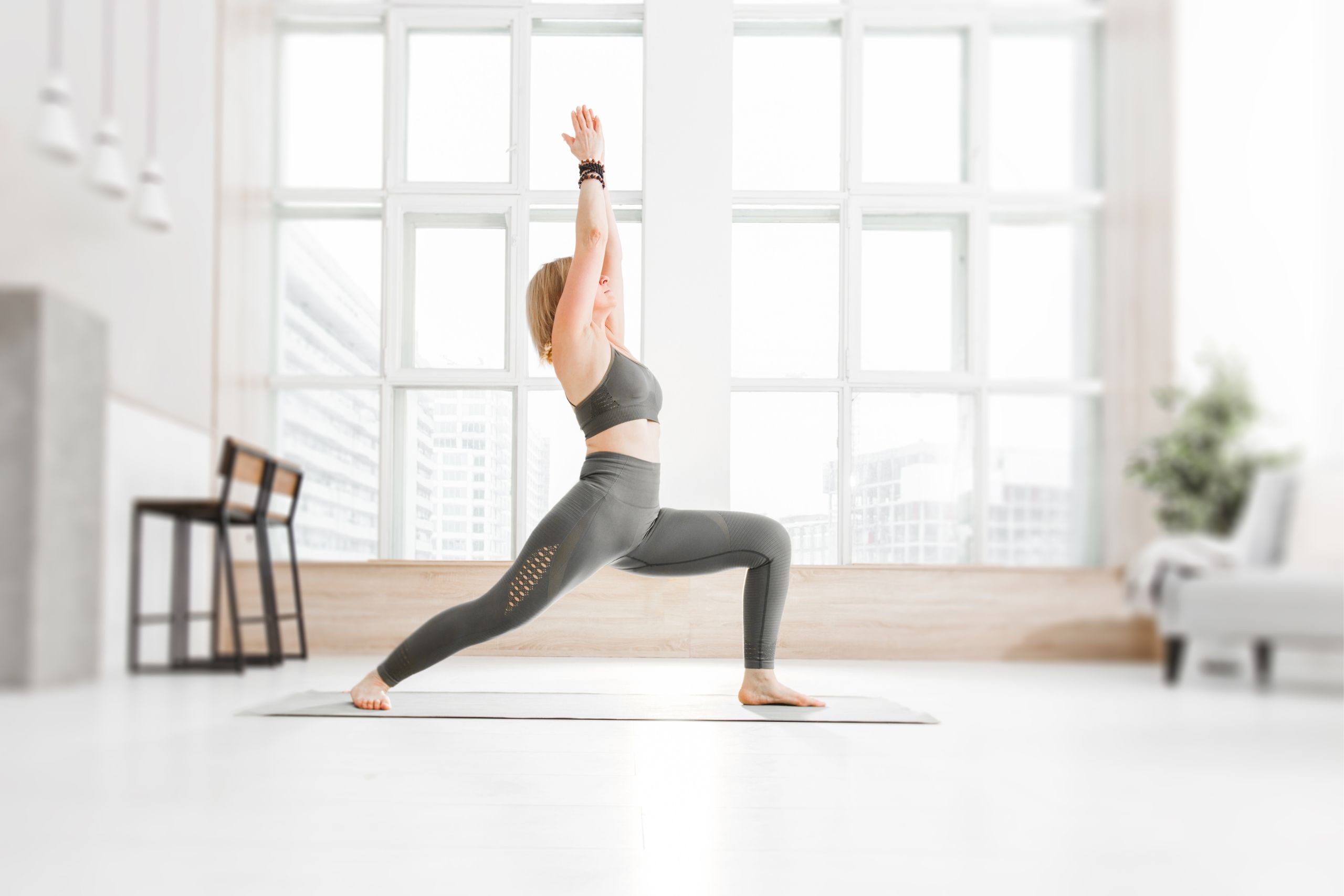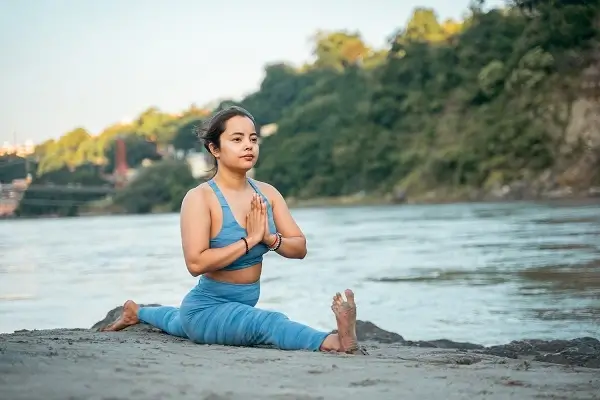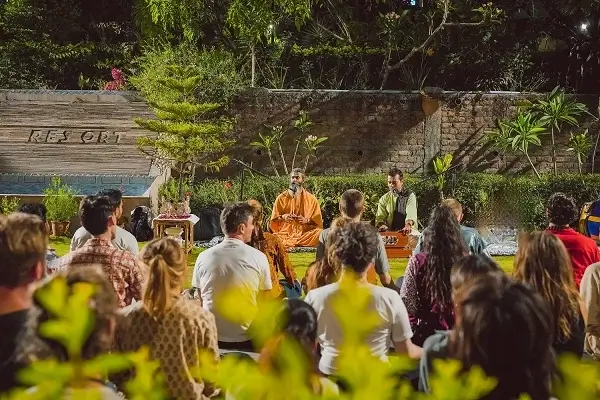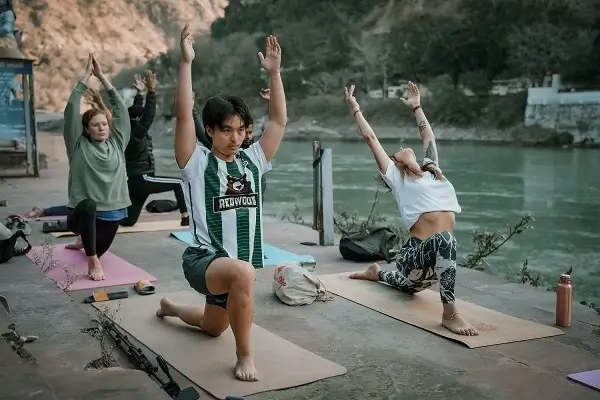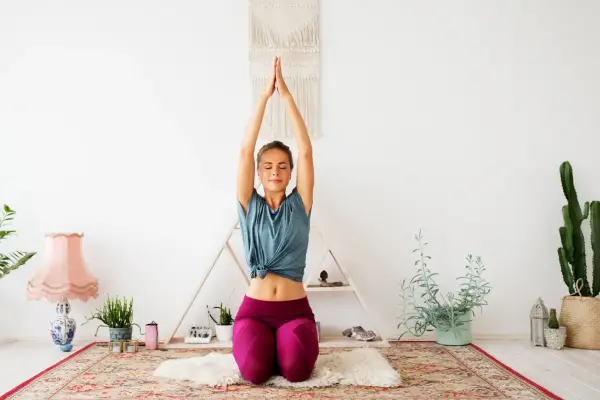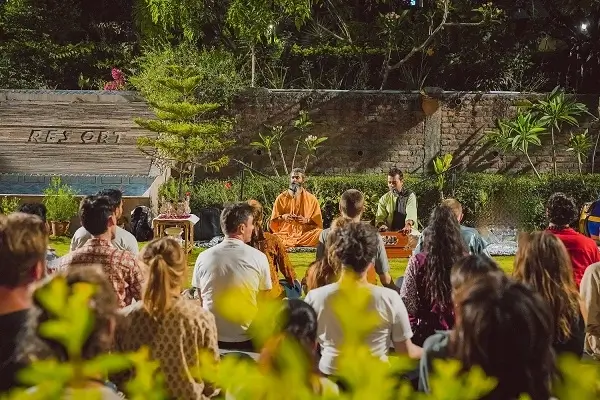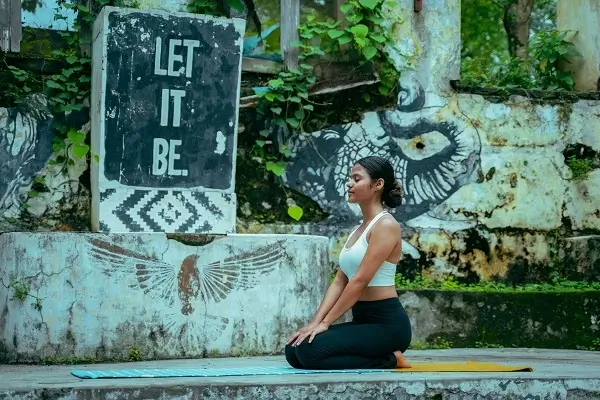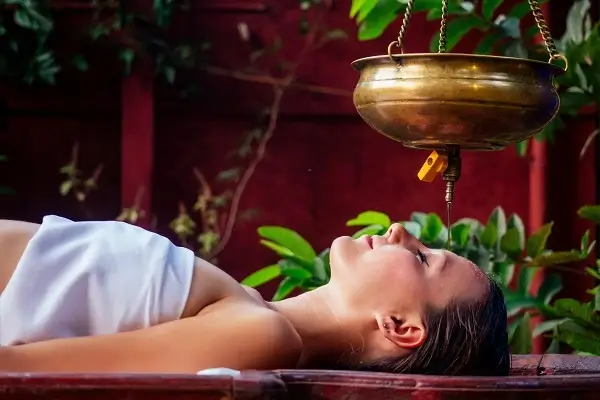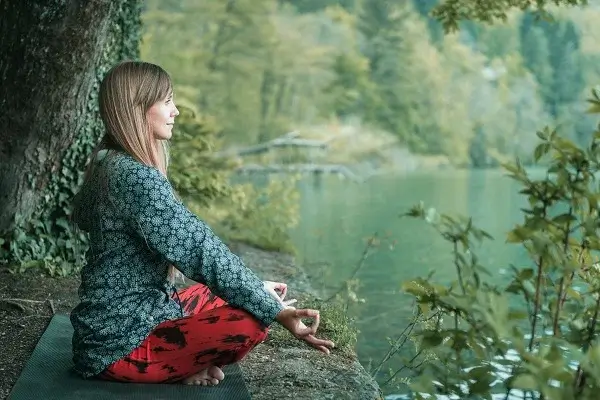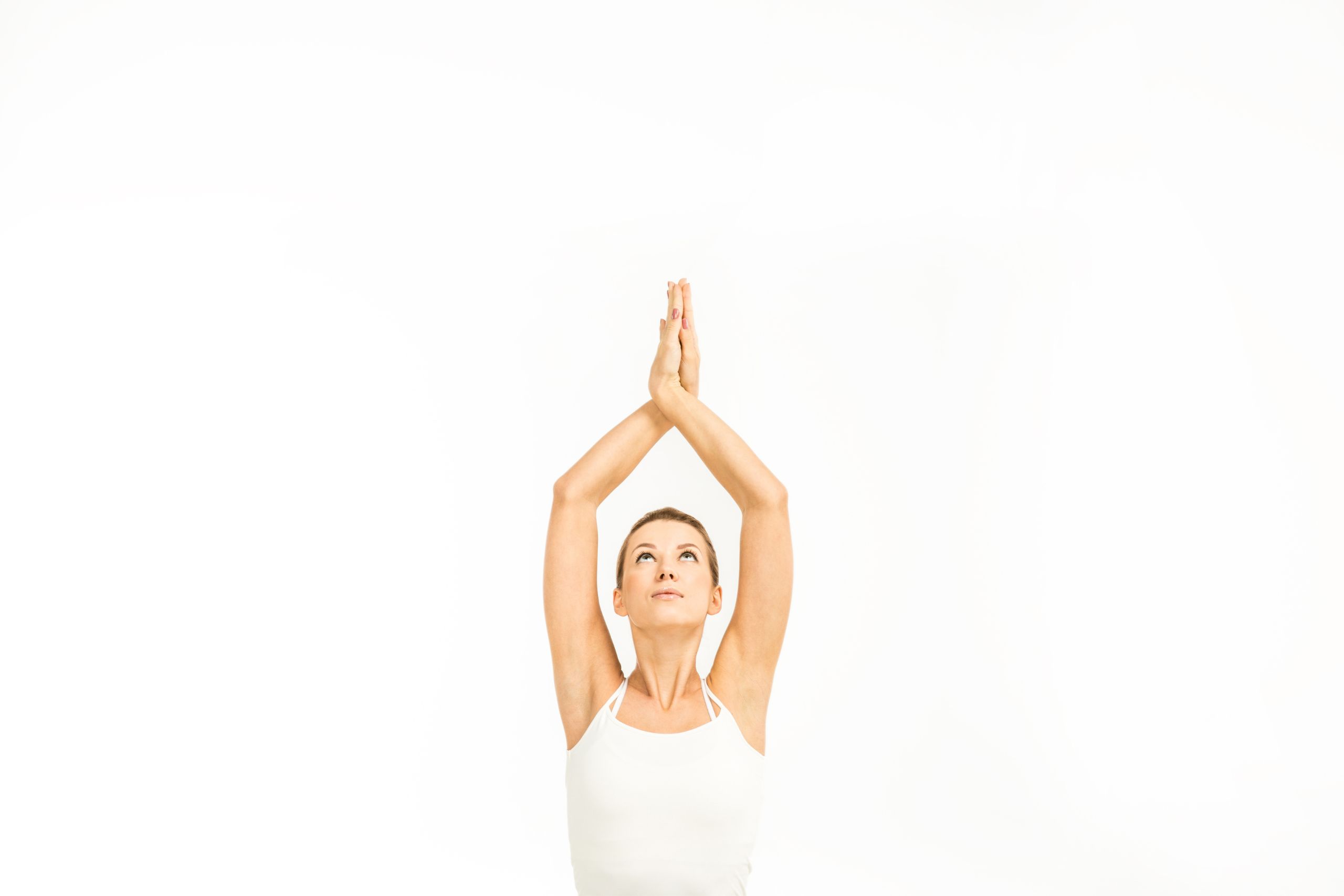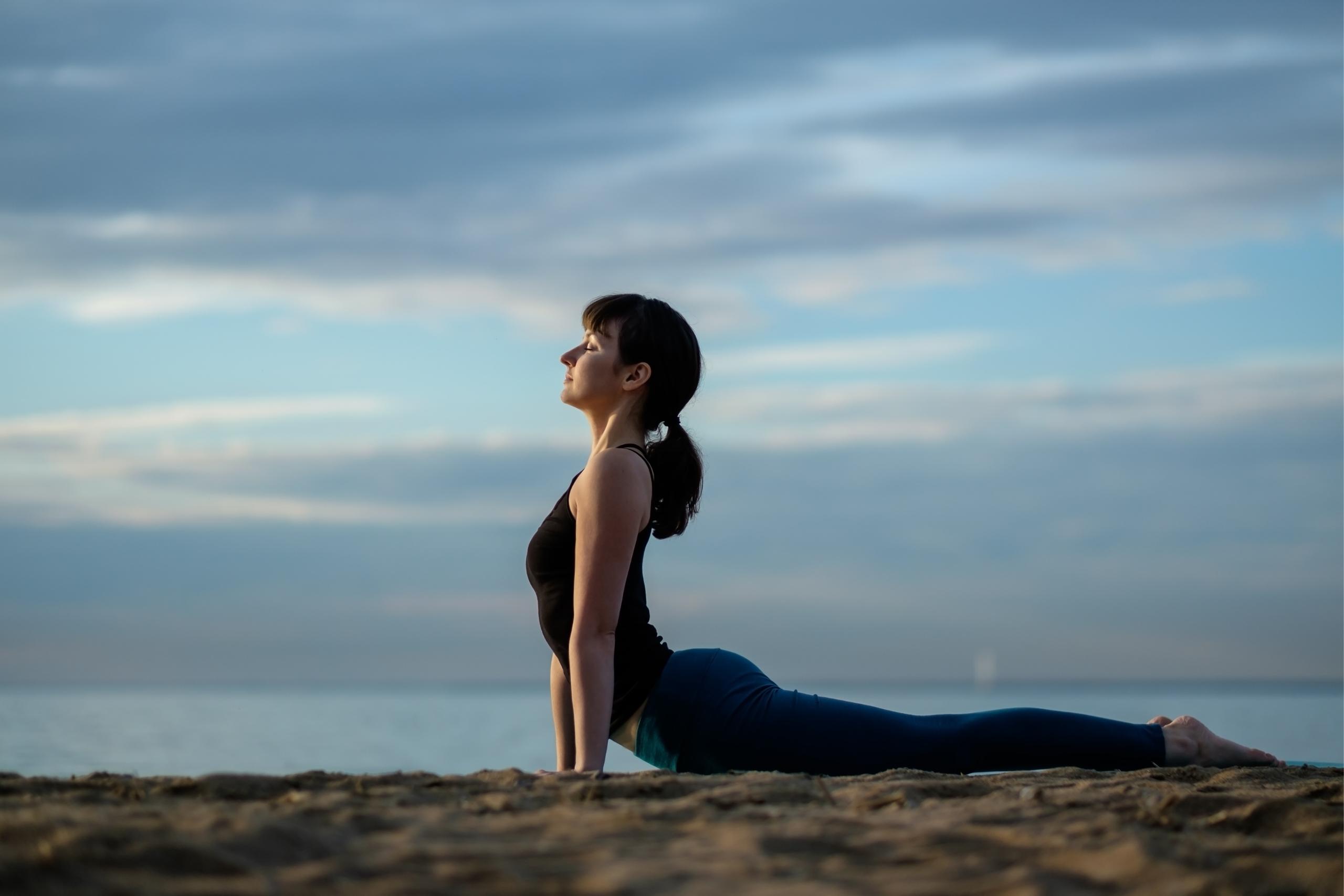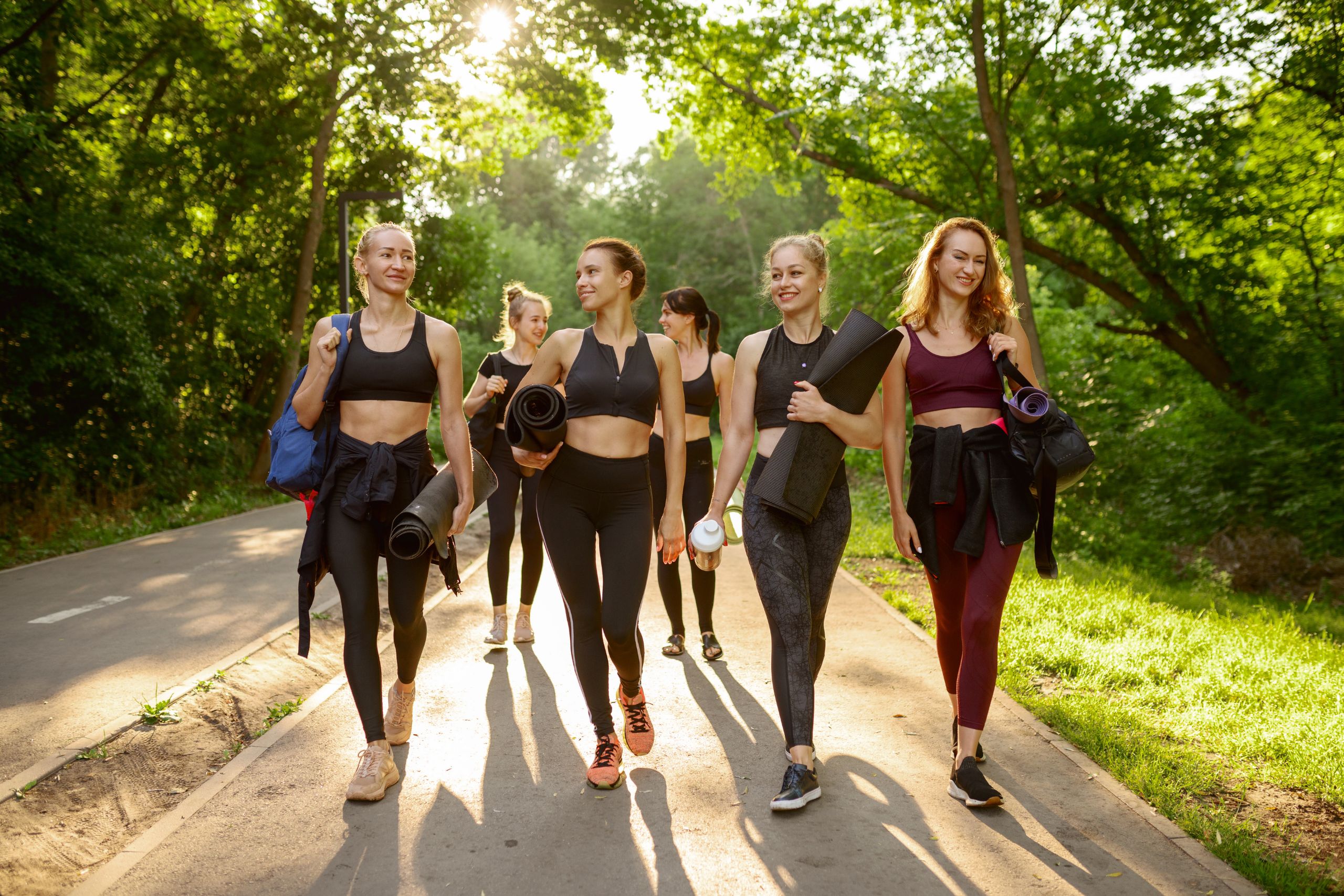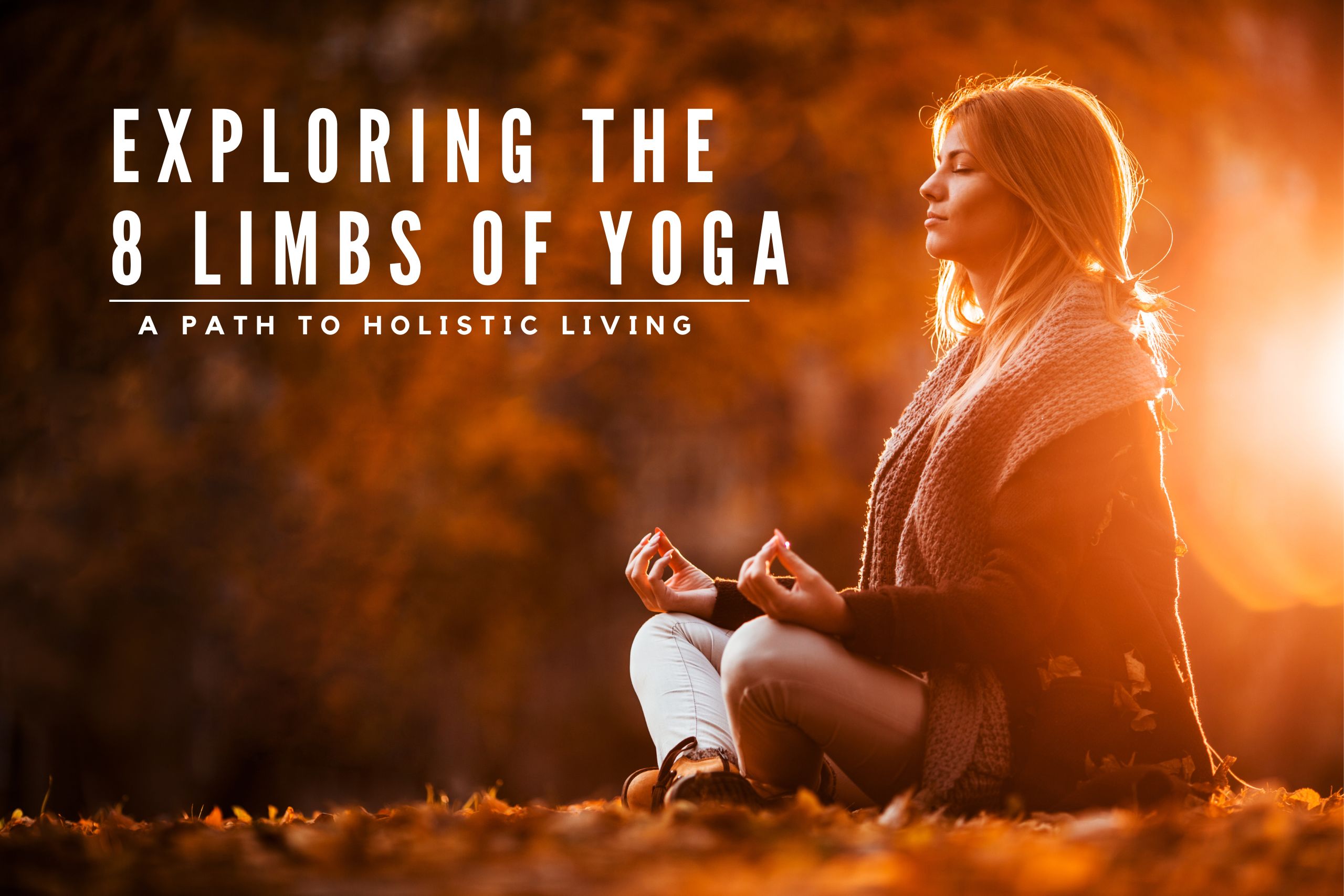Embracing the Flow: An In-Depth Exploration of Vinyasa Yoga
Table of Contents
- 1. What Is Vinyasa Yoga: Origin and Evolution?
- 2. Vinyasa Flow Yoga: Techniques and Practices
- 3. Vinyasa Yoga: Impact and Principles
- 3.1. Cardiovascular Benefits
- 3.2. Enhances Flexibility
- 3.3. Weight loss
- 4. My Experience with Vinyasa Yoga
In the kaleidoscope of yoga, there are many practices to help build a body, mind, and soul connection. After practising multiple forms of yoga I can truly say that today the common misconception practitioners hold is that all forms of yoga help achieve the same results.
However, in my opinion and experience, Vinyasa has its merits and stands out as a dynamic and fluid form. Originating from the ancient teachings of yoga and weaving refined movement, breathing techniques, and mindfulness resonates with practitioners worldwide. Let’s delve deep and find the essence of Vinaya yoga, unraveling its origin, working techniques, and the impact it has on the practitioner's life.
What Is Vinyasa Yoga: Origin and Evolution?
The word “Vinyasa” holds a Sanskrit origin that can be broken down as Vin- to place and Yasa=in a special manner or to move with intention. In the context of yoga, it refers to the calculated link of breath and movement as practitioners transition from a simple yoga pose to a rather complex pose.
Let me help you understand what is vinyasa yoga in a rather simpler manner here each asana is linked to the next, resulting in a transcending flow from breath to movement. Creating a Vinyasa sequence is a true skill; it demonstrates the yogi's asana knowledge and intentionality.
Often, the first portion of the sequence will open and stimulate specific sections of your body in preparation for a particular peak position. To execute such a task, you must have a high level of body awareness and strategic thinking skills.
Thus, when you examine the flow of a vinyasa sequence, you may see that the patterns of the postures, or asanas, mirror the rise and fall of the ocean, the moon's cycle, the evolution of the seasons, or a fern leaf unfolding. This is one of the most popular yoga styles in the world. When teachers take practitioners through a Vinyasa flow, you can feel the love and intention that goes into each layer of the class. It's no surprise that this powerful type of yoga is so popular.
Vinyasa Flow Yoga: Techniques and Practices
Vinyasa flow yoga is an amalgamation of a dynamic and fluid style of yoga that emphasizes more on the coordination of continuous movement with breathing and less on static holds. The classic practices involved in Vinyasa yoga are:
-
Sun Salutations
Often more commonly known as Surya namaskar is the foundation stone for vinyasa practice. It is a dynamic warm-up sequence in practice to awaken the body and charge up the brain. This set of twelve asanas acts as fluid movements that synchronize the circulation of movement and promote flexibility and mind clarity.
-
Asana (Poses)
Vinayasa yoga as mentioned above is movement-oriented- thus, asana acts as the backbone. Pose includes standing postures, balances forward, backbends, folds, inversions, and twists. Each pose is linked with breath, fostering strength, stability, and alignment within the body.
-
Pranayama (Breath Control)
Breathing is another essential part of Vinyasa and thus pranayama plays a central part of the routine. It helps the practitioners deepen their awareness of breathing and in turn, regulates their energy. In vinyasa techniques, the commonly used techniques are Ujjayi breath (Victorious Breath) and Kapalabhati (Skull-Shining Breath) as they help cultivate internal heat, focus the mind, and enhance vitality.
-
Meditation and Mindfulness
Every form of yoga works on mindfulness and meditation practices to cultivate self-awareness and inner peace. Vinyasa yoga is no different here and thus breath-awareness exercises, guided meditations, and visualization techniques are seamlessly woven into the practice routine to offer a path of self-discovery and spiritual growth to its practitioners.
Vinyasa Yoga sessions include but are not limited to, Ashtanga, Flow, and Power Yoga. These courses feature a continuous flow of yoga poses, each with a specific inhale or exhale instruction. This produces a smooth, continuous movement between positions. Connecting one's consciousness to the breath creates a movement meditation that both soothes and concentrates the mind.
Also read: 80 Yoga Sanskrit Words Every Yoga Teacher Should Know
Vinyasa Yoga: Impact and Principles
While it's exciting and intriguing to acquire a new activity or make new friends in class, one of the most prevalent reasons for participating in Vinyasa yoga poses is for the health advantages. Here are just a few of the health benefits you might expect if you practice vinyasa yoga consistently.
Cardiovascular Benefits
Vinyasa is a strenuous type of yoga. Unlike other forms, which are immobile and do not require complex movements. Vinyasa yoga requires you to constantly move your body into different poses. Your heart constantly pumps blood to many regions and organs of the body. For a certain time, your heart works continually, strengthening its muscles and increasing its capability. This improves cardiovascular strength and wellness.
Enhances Flexibility
Increased flexibility is one of yoga's early and most obvious advantages. In your first Vinyasa lesson, you will be unable to touch your toes or perform a backbend. If you persevere, you will notice a gradual relaxation of the muscles, and formerly impossible poses will become more manageable.
Slow, regulated breathing and movements improve blood flow, and keeping muscles warm while maintaining a stance might help you increase strength. The Tree Pose is useful because it allows you to stand on one foot while keeping the other at a right angle to your calf and above the knee.
Weight loss
One explanation for this is that vinyasa yoga burns calories faster than other types of yoga since you're moving consistently rather than flipping between positions. Vinyasa yoga can also help you lose weight by increasing muscle. Holding yoga positions is a method of growing muscular mass. Your body's metabolic rate improves as your muscle mass increases.
Vinyasa yoga includes poses that involve you holding and working with your body weight. This is a simple, but effective way to build not only muscle and strength. That muscle mass can come in handy, especially if you’re an older adult. Muscle mass and bone density help to prevent damage caused by slips and falls.
There are more than just aesthetic reasons to prioritize muscle building. If weight loss is the key goal you want to achieve with vinyasa yoga, you’ll also need to focus on eating healthy and learn that Vinyasa yoga burns over 235 calories in a matter of 30 minutes of practice.
As a rule of thumb, you should strive to practice vinyasa yoga three to five times per week. If you practice fewer than three times a week, you may not experience benefits as quickly. Regular yoga practice will not only provide you with the health benefits you seek, but it will also boost your strength, flexibility, and balance. This can help you graduate to more advanced classes.
My Experience with Vinyasa Yoga
In the symphony of my life, Vinyasa yoga has emerged as a guiding melody, and I have noticed that the practice invites yogis like me to move with grace, breathe with intention, and embrace the present moment. Through its principles of fluidity, breath awareness, and mindful movement, Vinyasa has offered me a path to holistic well-being and self-discovery.
As one flows through the rhythms of Vinyasa, we find harmony, strength, and peace on and off the mat. Vinyasa yoga's strength is in its diversity. The style is extremely worthy to try primarily if you appreciate exercise with intense mobility.
In most cases, there is no single philosophy, rulebook, or sequence thus before you try any form of yoga it is important to have a teacher to explain it all to you primarily to avoid mistakes and learn the correct postures. This makes it essential to find a teacher you enjoy and can relate to.
If your first flow class doesn't rock your world, keep trying different teachers until you find one that's a better fit as I did. But, if you are looking for my suggestion, Heart of Yoga proved to be helpful for me. They offer yoga teacher training courses with different hour variations in Rishikesh and teach you different dimensions of yoga.
